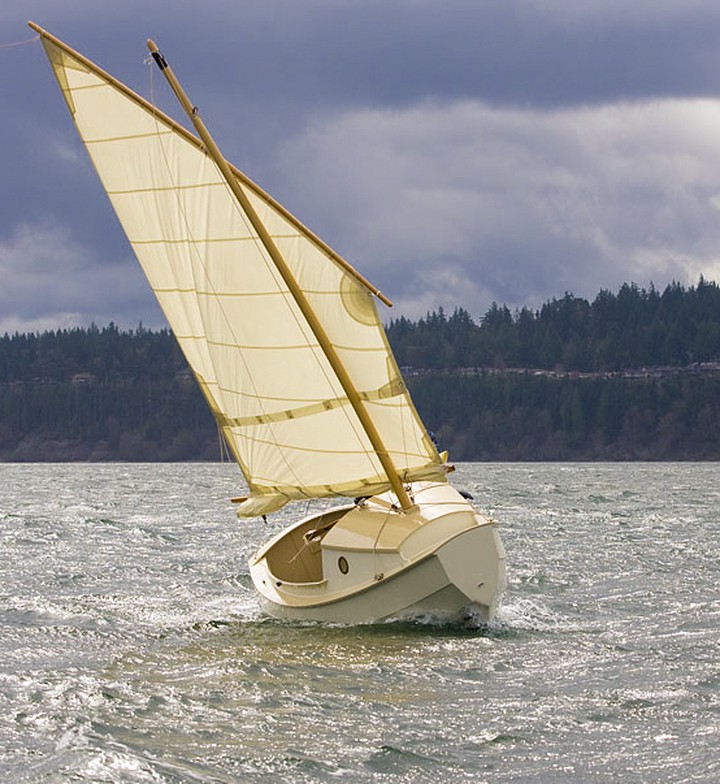To Tierra del Fuego in a Sailing Dinghy?
Remote rugged naturally beautiful places have something that fascinates our minds. If you leave the cities and head for the inland and upwards, you can end up to a mountain summit where wind and some sporadic birds are your only companions. In such a place you can feel like you were in a completely different world, far from civilisation, noise and stress. Another good direction is along the water towards islands, capes and open waters. Already in the lakes and shores of Finland you can experience of that all very well, and that’s something I have tried to share in this blog.
On the Earth there are places, where extreme natural beauty and ruggedness meet the navigable waters. Tierra del Fuego in the South America is such a place. Two thirds of it belongs to Chile and the rest to Argentina. Geographically it’s divided by the Beagle Channel of length of 130 nautical miles. Even if its navigable, the vessels usually prefer Drake Passage in the south or Strait of Magellan in the north.
According to Köppen climate classification Tierra del Fuego has a subpolar oceanic climate (Cfc) which on the northern hemisphere can be found at the Lofoten and south coast of Iceland. The summers are short and cool (hardly over 9°C) and the winters mild. King penguins get along in this kind of weather, and you can meet their communities in Tierra del Fuego. The area is considered the most dangerous ocean environment in the world and is home of the infamous Cape Horn, where gales, sea currents and cross-swell can result a hazardous combination.
Recently I read about an adventurer who plans to sail in a small sailboat of 11 feet in Tierra del Fuego. His name is Howard Rice and his boat is SCAMP (Small Craft Advisor Magazine Project), designed by John Welsford from New Zealand. The looks of the boat is quite unusual or even maybe bit ugly, but according to the rumors females get attracted to the boat quickly (or in more technical terms, it’s a chick magnet). From the safety perspective it should be pretty seaworthy, thanks to its five separate watertight buoyancy areas, water ballast of 170Lbs (77 kg) and the balanced lug rig. A SCAMP boat has a small veranda which offers shelter for and adult. The crew size is from one to four even and there are surprisingly lot of storage space. SCAMP has become popular among home builders. Some say, it is a new classic already.
Mr. Rice has started writing a blog about his project, The Voyage of Southern Cross. It was delightful to read his opinions about small boats that I agree to large part. Here is a true jewel out of them:
For me sailing small is more immediate and in a sense more satisfying. I happen to be happiest the closer I am to the magical water/air interface feeling every movement of the boat. — Howard Rice, Feb 21st, 2016
It’s told that Rice has equipped his 12 foot boat with a wood stove to be prepared for the winter of the southern hemisphere. Also a crowd-funded movie will be made of the adventure. It’s going to be interesting to see how the project progresses. Let’s keep our fingers crossed!
CC BY-NC refers to a variation of Creative Commons 2.0 license.



